Brush up on your flag knowledge with these fun American flag facts and historical notes.
10 Fun American Flag Facts
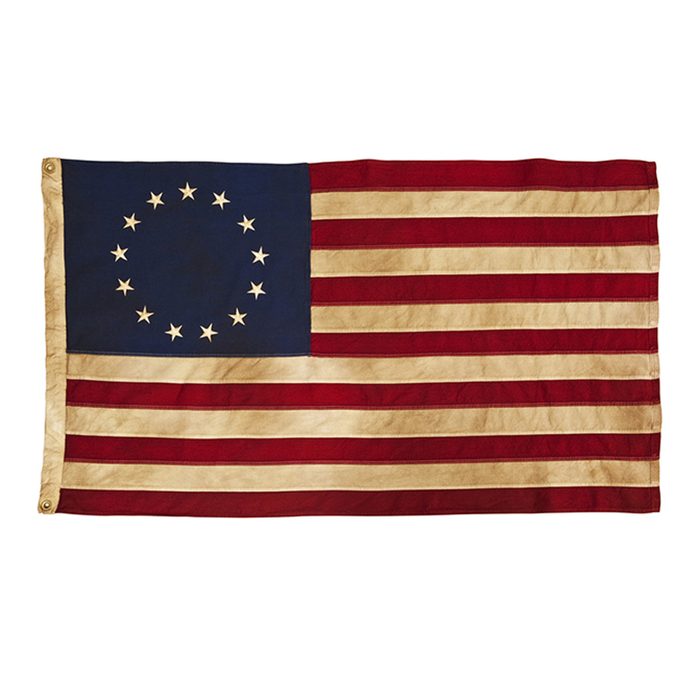
Thomas Green Requests First Flag
In 1777, Thomas Green, a Native American who sought protection of an official flag while traveling through dangerous territory in Philadelphia, requested Congress settle on the exact look of the United States’ flag. To set things in motion, he offered a payment of three strings of wampum — a traditional shell bead of the Eastern Woodlands tribes. Congress obliged. Within 10 days, the flag, featuring 13 stars and 13 stripes (representing the original 13 colonies), was finalized on June 14th, 1777.
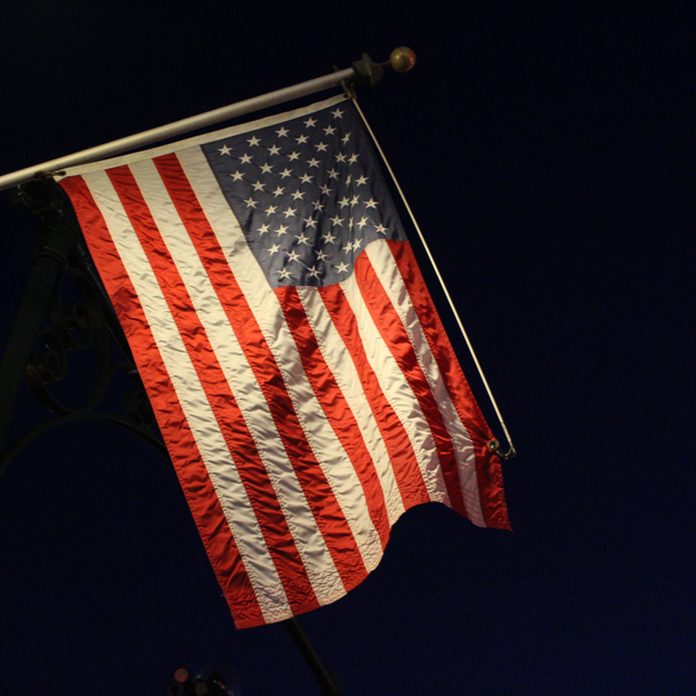
The Flag Has a Sleep-Wake Schedule
According to Federal laws and regulations, the flag is meant to be displayed from sunrise to sunset. However, the flag can be displayed around the clock if illuminated at night. If you lack outdoor lighting, be sure to bring the flag in at dusk.
Get patriotic this summer with these 15 patriotic outdoor decorations perfect for summer parties.
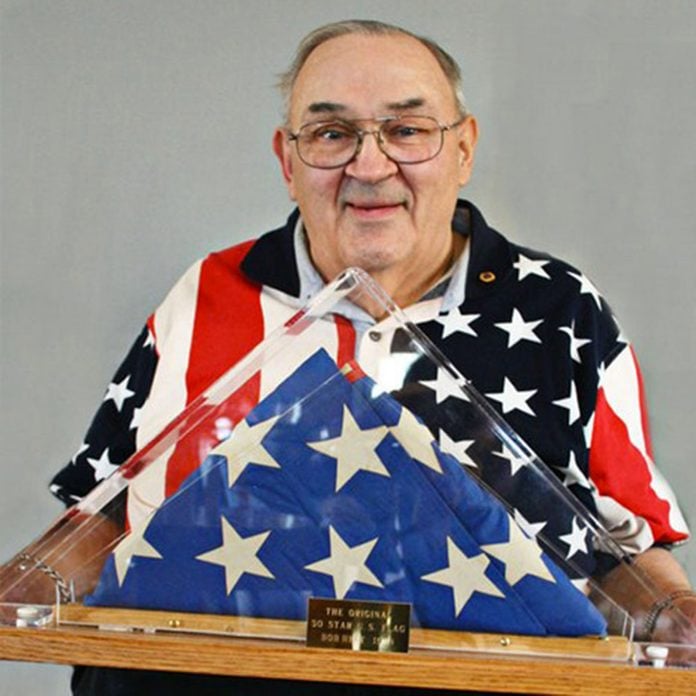
The Designer of Our Current Flag Was a High School Student
Today’s U.S. flag, flying high with 50 stars and 13 stripes, was designed by a 17-year-old high school student and Boy Scout, Robert G. Heft, of Lancaster, Ohio in 1958. His teacher only gave his sewing project a B-, but said he would consider raising the grade if Heft’s design was accepted in Washington, D.C. Incredibly, it was, out of 1,500 entries. Heft stood with President Dwight D. Eisenhower on July 4, 1960, as the new flag was raised over the U.S. Capitol. And the teacher changed Heft’s grade to an A. This might be one of our all-time favorite U.S. flag facts! Here’s how to install a flagpole in your yard.
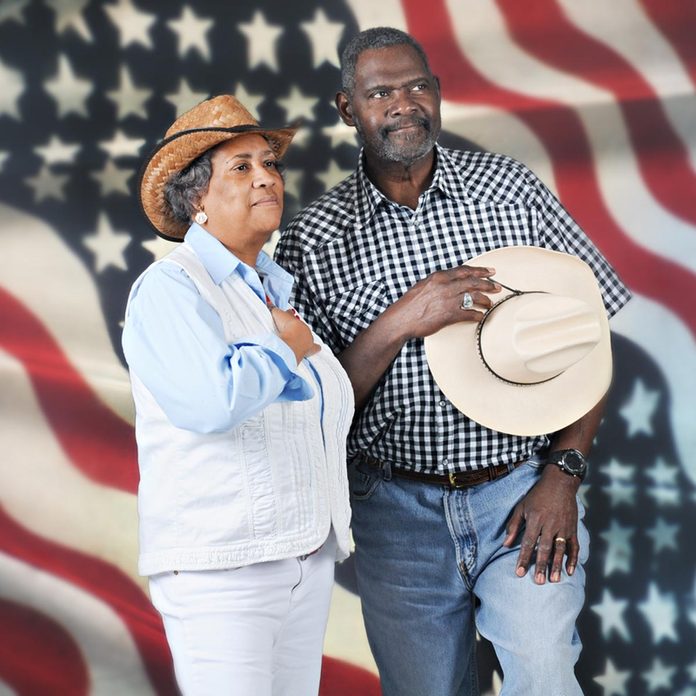
There’s a Proper Way to View the Flag
When the American flag passes during a parade or review, you shouldn’t leave your arms by your sides. The proper way to view it, except for people in uniform, is to stand at attention and put your right hand over your heart, according to Federal flag laws and regulations. Military members should salute.
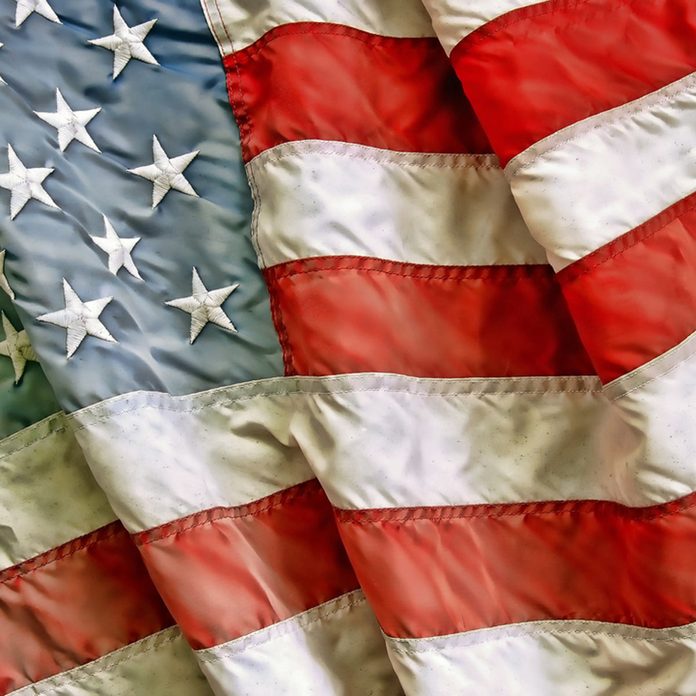
Care and Disposal of the Flag
Should a flag get dirty, it can be washed or dry-cleaned. It can also be mended, if necessary. The U.S. Flag Code allows such maintenance measures. If an American flag is beyond repair, the proper way to dispose of it, according to the Flag Code, is to destroy it in a dignified way, preferably by burning.
DIY projects create lots of items that can be difficult to dispose of. Here’s some great advice on how to get rid of building materials and other unusual stuff.
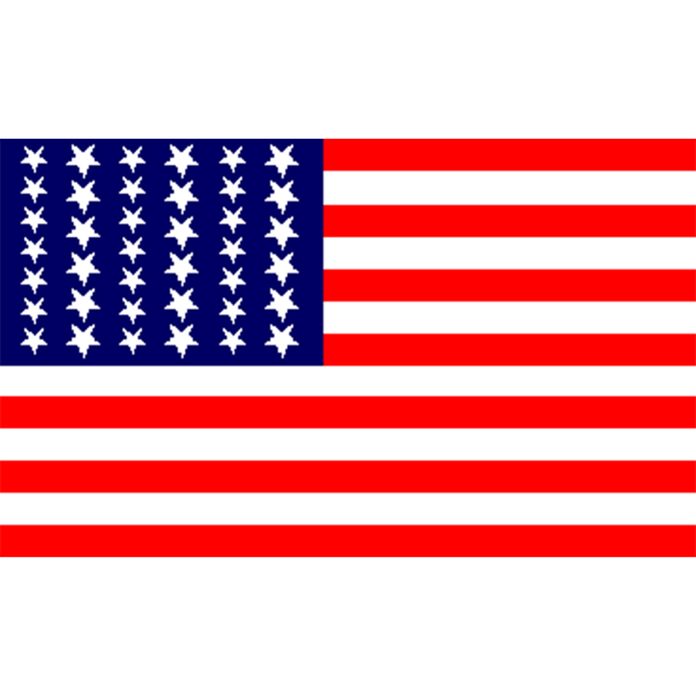
The Dakotas Threw Off the Star Design
All 27 official versions of the U.S. flag have had a different number of stars. Because some thought North Dakota and South Dakota would be admitted as one state, manufacturers at one point produced a 39-star version for the marketplace. Speaking of the Dakotas, scroll this list to find the biggest home in each these states!
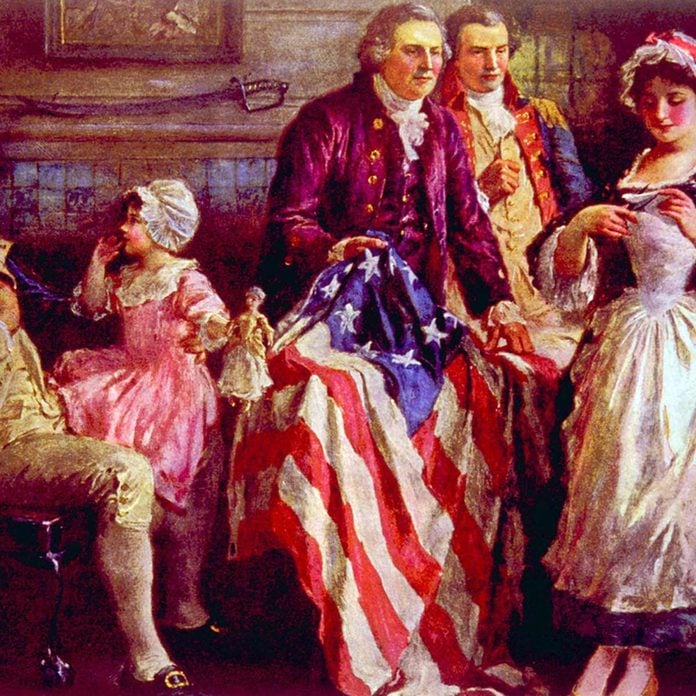
Betsy Ross Might Not Have Been the Designer
While Betsy Ross is largely credited as the designer of the first American flag, it seems there is scant evidence to support the claim. While she did sew a lot of flags in her day, the only testimony comes from her grandson in 1870, almost 100 years after the first flag came to be.
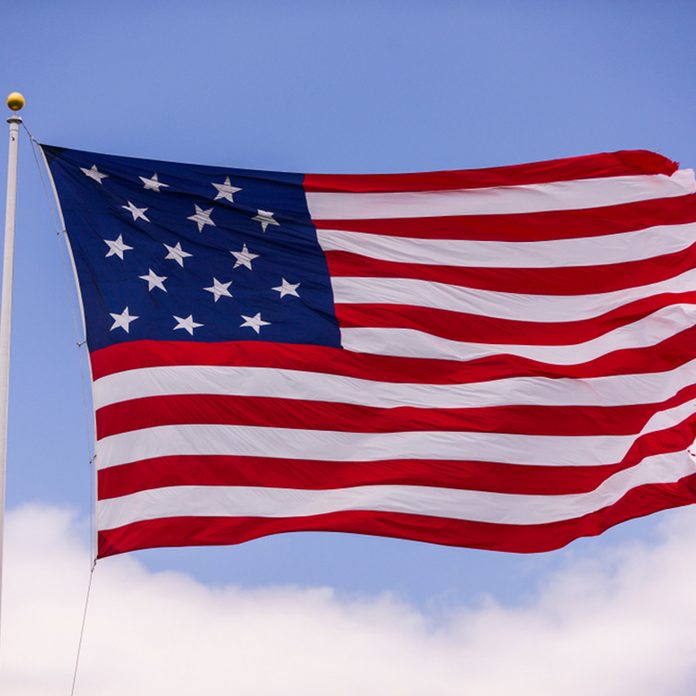
The Flag Once Had 15 Stars and 15 Stripes
When Vermont and Kentucky joined the Union as the 14th and 15th states, a new version of the U.S. flag was created, featuring 15 stars and 15 stripes. But as more states were added, obvious concern arose about continuously adding stripes, so the decision was made to revert back to 13 stripes as a representation of the original 13 states. The stars, however, continued to grow until they reached 50. Check out the coolest tiny homes in Vermont, Kentucky and every other state.
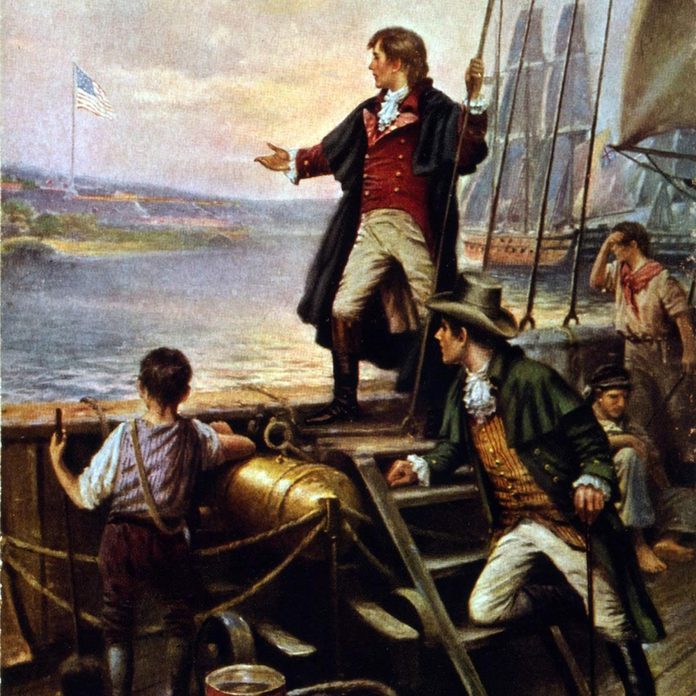
The Flag That Inspired “The Star Spangled Banner” Still Exists
A 15-star, 15-stripe flag flying at Ft. McHenry in Baltimore during the War of 1812 became the inspiration for Francis Scott Key’s patriotic anthem. Today, the remaining parts of the flag reside on permanent display at the Smithsonian’s National Museum of American History in Washington D.C. In 2011, a snippet of that flag sold at auction for $38,000. Speaking of history, check out these 50 abandoned houses that would look great if they were restored.
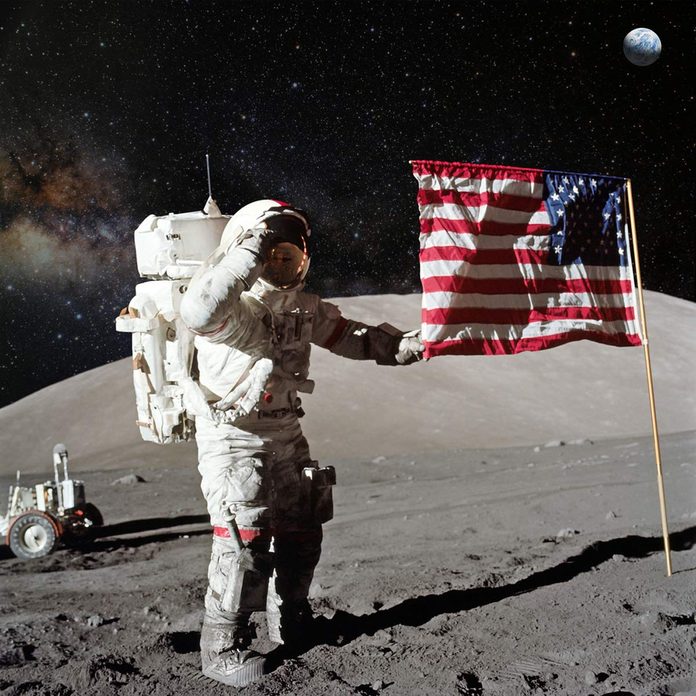
Five of the Six Flags Planted on the Moon May Still be Standing
Images taken by NASA’s Lunar Reconnaissance Orbiter in 2012 show that at least five of the six flags planted during lunar missions still stood. However, scientists think decades of brilliant sunlight bleached out their emblematic colors. The one that’s no longer on the moon is the first, placed by Neil Armstrong during the Apollo 11 mission.
Love fascinating facts? Check out these facts about how long certain parts of your home should last.